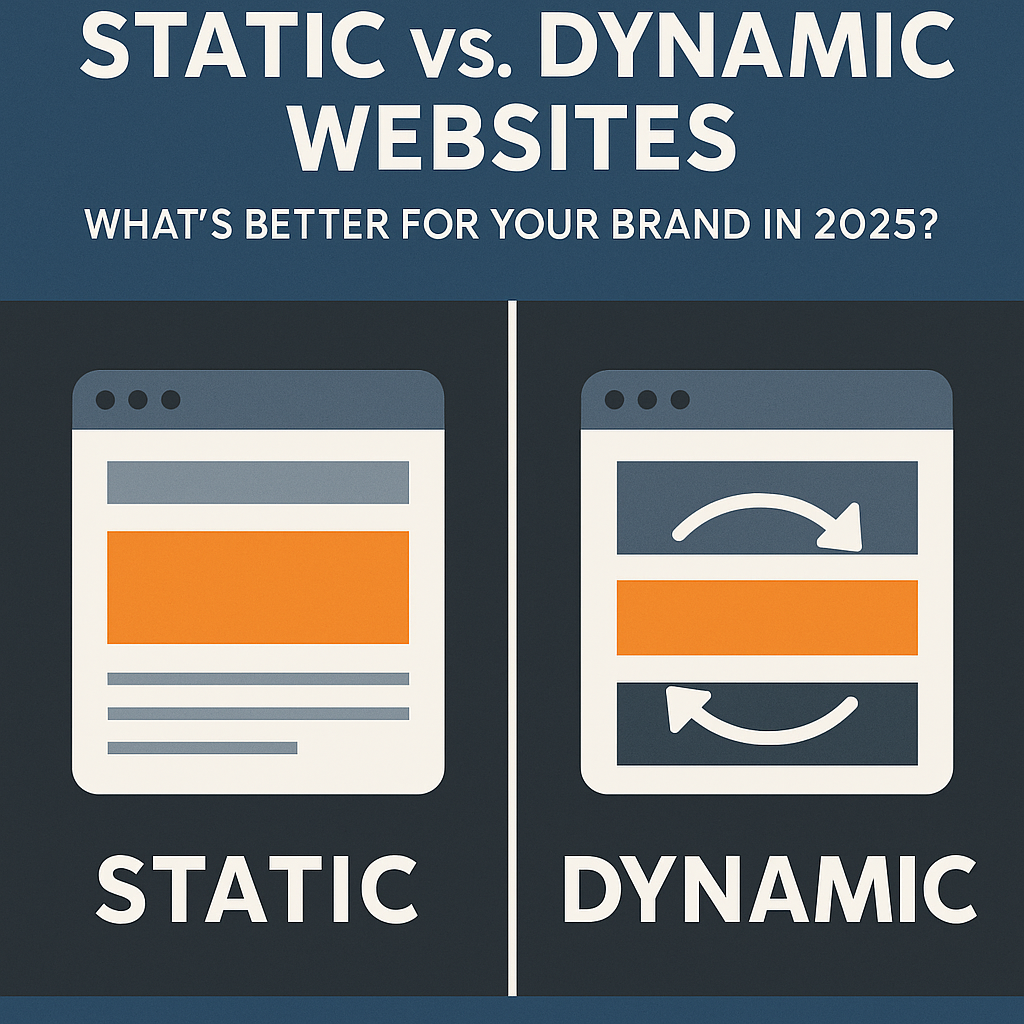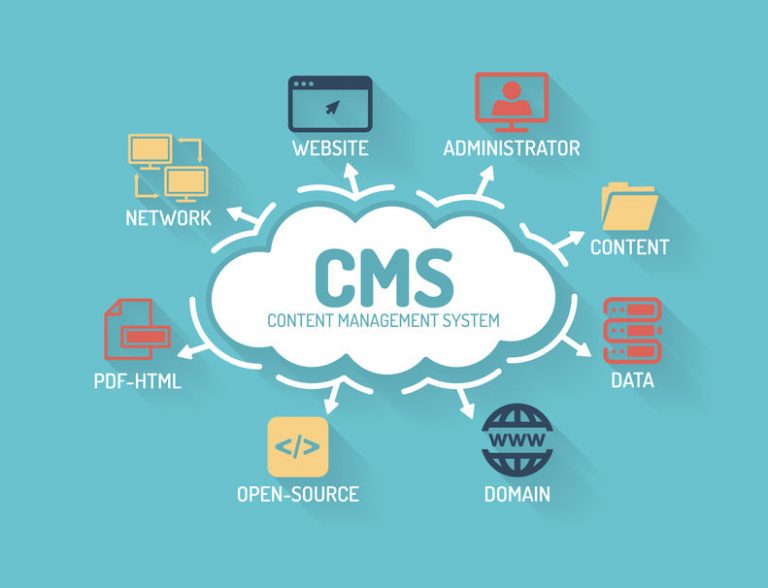What Is a Static Website?
The HTML files that make up a static website are fixed. Every page is coded separately and stays that way unless a developer makes a manual change. The user receives these webpages in the exact same format as they are kept on the server.
Static Website Examples:
-
Individual portfolios
-
Simple landing pages
-
Resumes in digital format
-
Websites for business brochures (without dynamic content)
Advantages of Static Websites:
-
Performance & Speed
-
Because static websites don’t use databases or server-side processing, they load incredibly quickly.
-
Low page load time makes it excellent for user experience and SEO.
-
-
Safety
-
There is a much lower chance of hacking when there are no databases or server-side scripts.
-
There are fewer moving parts, which reduces vulnerabilities.
-
-
Reduced Cost of Hosting
-
GitHub Pages and Netlify are two examples of static websites that can be hosted for free or very inexpensively and require very little server power.
-
-
Simple Deployment
-
Using contemporary tools like Hugo, Jekyll, or simple HTML/CSS, you can quickly launch a static website.
-
Limitations of Static Websites:
-
Websites with frequent updates, real-time content, or user interaction shouldn’t use this.
-
Requires developer participation for each update, which can be costly and time-consuming.
What Is a Dynamic Website?
A dynamic website uses content from a database and server-side scripting (such as PHP, Python, or Node.js) to create pages dynamically. Pages are customized based on user input, preferences, or login information.
Examples of Dynamic Websites:
-
E-commerce websites
-
News portals
-
Social media platforms
-
Blogs and content-driven sites with CMS (like WordPress)
Advantages of Dynamic Websites:
-
Content Management Systems (CMS)
-
Platforms like WordPress and Shopify are used by the majority of dynamic websites, making content management and updating simple for non-developers.
-
-
Interaction of Users
-
supports functions such as search, filtering, personalisation, user logins, and forms.
-
-
Flexibility
-
Scaling as your brand expands is simple. Thousands of pages or features can be added without the need for manual coding.
-
-
Integration of Databases
-
This tool is perfect for blogs, product listings, and user-generated content because it automatically retrieves and presents content from databases.
-
Limitations of Dynamic Websites:
-
Slower page loading than static websites, particularly if they are not optimised.
-
Requires more sophisticated hosting and is more susceptible to security risks, such as SQL injections.
-
Increased expenses for development and upkeep.
Which One Is Better for Your Brand?
The size of your website, your business objectives, and the frequency of site updates all play a role. Here’s a quick guide:
Select a Static Website if
-
You require a website that is easy to use, quick, and safe.
-
Your services page, about page, and portfolio are examples of content that doesn’t change frequently.
-
You don’t need interactivity and have a tight budget.
Select a dynamic website if
-
You wish to manage a membership portal, blog, or online store.
-
Your content is either user-generated or changes frequently.
-
You require functions like a CMS, contact forms, filtering, and search.
Modern Solution: The Hybrid Approach:
By using the Jamstack architecture, which pulls dynamic content via APIs and delivers static files from a CDN, many contemporary websites combine the best features of both worlds.
Among the popular tools in this category are:
-
Next.js (based on React)
-
The Gatsby.js
-
Hugo with a CMS without a head (like Strapi or Sanity)
This method offers you the flexibility of dynamic content along with the speed and security of static websites.
Final Thoughts:
Performance and user experience are more important than ever in 2025. Static websites are quick and safe, but dynamic websites provide the scalability and interaction that most contemporary brands require. A static website might be ideal if you’re a startup, small business, or personal brand with little content. However, a dynamic website—or even a hybrid—is the best option if your brand depends on regular updates, user interactions, or content management.
Can’t decide which one best suits your brand?
We at Kimbly Labs (formerly Takson Design) assist companies in assessing, creating, and designing high-performing websites that are customised to meet their specific requirements. We can help you whether it’s static, dynamic, or hybrid.




